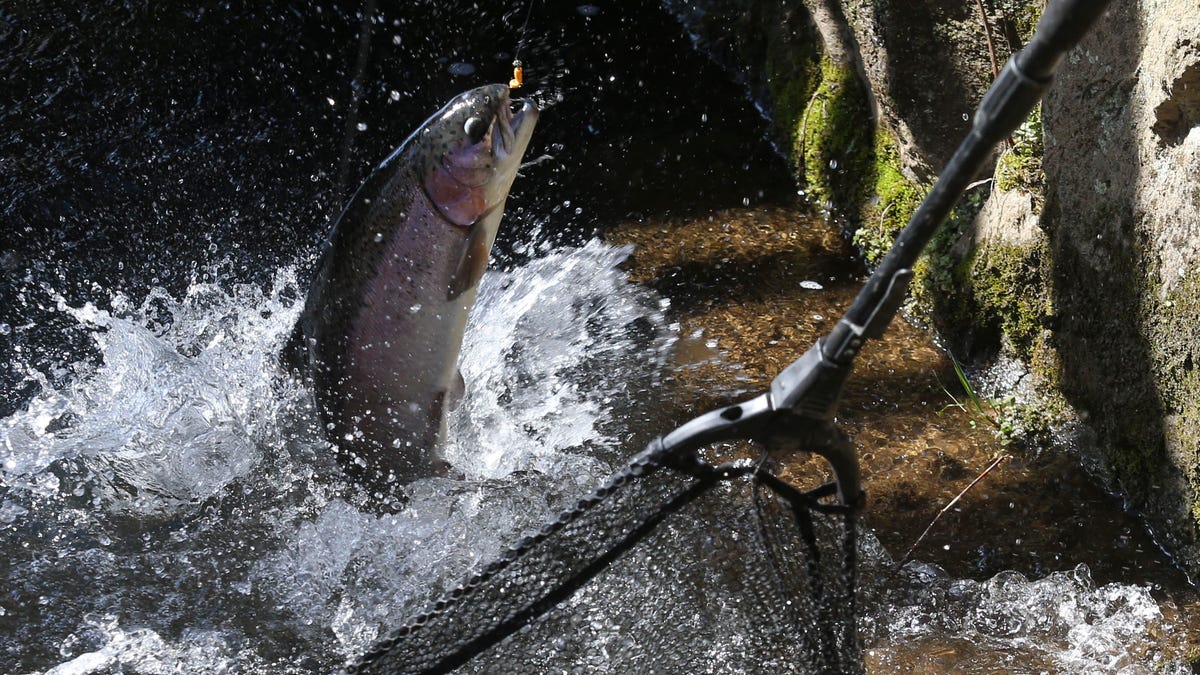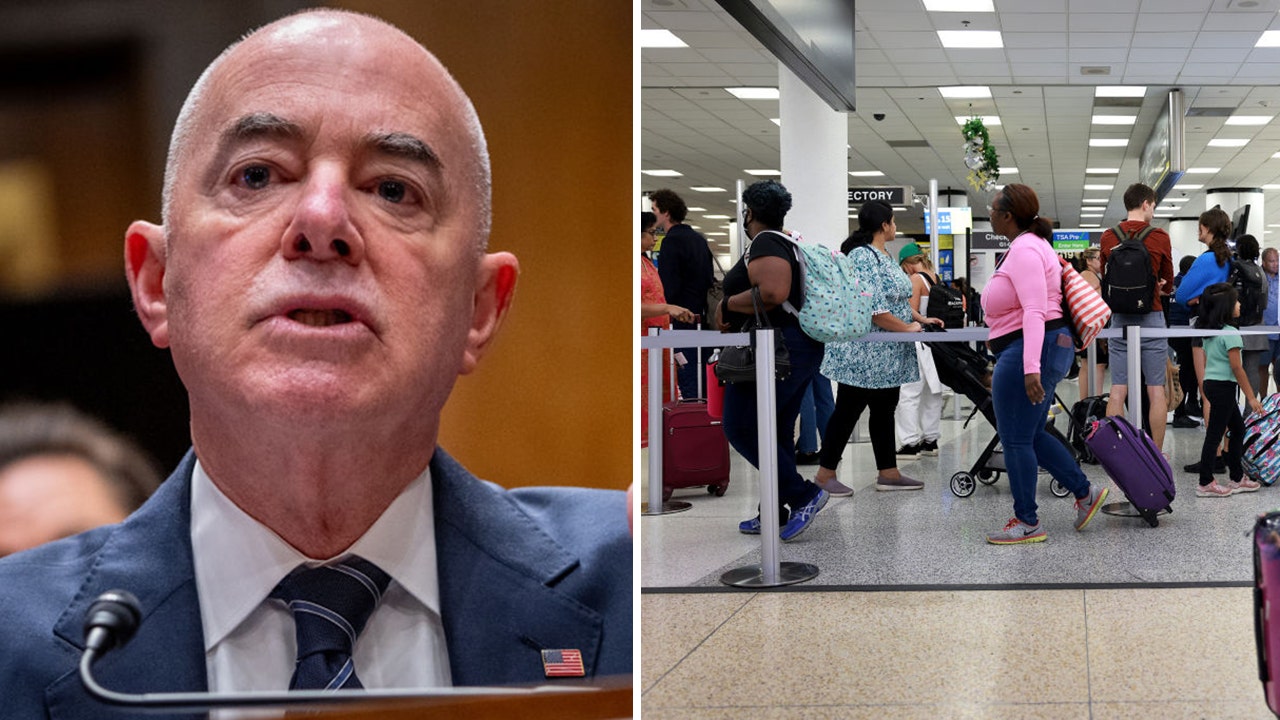Reporting by Roushni Nair in Bengaluru; Editing by Sandra Maler
Finance
Australia sues Westpac for negligence over financial hardship notices
/cloudfront-us-east-2.images.arcpublishing.com/reuters/7GAQJA4XRVNIRJX4O4Z5I6BXVQ.jpg)
A woman exits the ground floor of an office building with Westpac logo amidst the easing of the coronavirus disease (COVID-19) restrictions in the Central Business District of Sydney, Australia, June 3, 2020. REUTERS/Loren Elliott Acquire Licensing Rights
Sept 5 (Reuters) – Australia’s corporate regulator on Tuesday said it was taking Westpac Banking Corp (WBC.AX) to court over its alleged failure to respond to customers’ financial hardship notices between 2015 and 2022 within the required administrative time frame.
Under Section 72 of Australia’s National Credit Code, an individual with overdue payments can request a change to the terms of their credit contract on the grounds of financial hardship, and creditors are expected to provide a response in writing within 21 days of being informed.
The Australian Securities and Investments Commission (ASIC) has initiated civil penalty proceedings in the Federal Court against Westpac stating that shortcomings with the lender’s online hardship notice process resulted in 229 Westpac customers not receiving a response on time, ASIC said in a statement.
The legal proceedings are linked with a “technology failure” and Westpac has contacted the affected customers and completed a remediation program including refunds of fees and interest, debt waivers and payments for non-financial loss of about A$900,000 ($581,310.00), the company said in an emailed response to Reuters.
The regulator said Westpac could have done more to probe and rectify the system’s problems affecting its online hardship notification process.
“This error meant we didn’t provide some of our customers with the help they needed. For this, we are deeply sorry,” said Westpac Group Chief Information Officer Scott Collary.
Many customers had disclosed their vulnerable circumstances to Westpac, including their inability to work and impacts of serious medical conditions, with some customers having to face debt collection activities while waiting for the bank to respond to their hardship notices, ASIC said.
“ASIC is seeking declarations, pecuniary penalties, and adverse publicity orders against Westpac from the Court.”
Over the alleged period of breach, Westpac had received about 630,000 applications for hardship assistance, the company told Reuters, adding that once the incident was brought to light it chose to self-report it to ASIC.
($1 = 1.5482 Australian dollars)
Our Standards: The Thomson Reuters Trust Principles.

Finance
Litigation Finance Limits Advance in Louisiana With New Governor

Two Louisiana bills that put the brakes on the burgeoning litigation finance industry have advanced through initial hurdles, as lawmakers hope to take advantage of a change in governors after last year’s effort fell short with a veto.
One bill requires parties to disclose litigation finance agreements within 60 days after filing a civil action. The state House approved that measure, and it is pending with the Senate Judiciary Committee.
The second bill requires parties to disclose the presence of litigation finance in lawsuits if a foreign entity is the source of funding. That legislation cleared the state Senate and the House Committee on Civil Law and Procedure and needs approval by the full House.
The bills are part of a push in several states to restrict the practice of investors paying for the cost of lawsuits in return for a piece of the proceeds in successful cases. The US Chamber of Commerce is pushing for legislation, saying the $15.2 billion litigation finance industry encourages frivolous lawsuits.
Democratic Governor John Bel Edwards last year vetoed legislation sent to him by the Republican-controlled House and Senate in Louisiana, saying the bill to require disclosure of litigation finance favored large corporations in civil suits. Republican lawmakers, who again hold majorities in both state bodies, hope for a different result this year with a member of their party, Jeff Landry, as the governor.
Republican Representative Emily Chenevert this year has modeled her disclosure bill (HB336) on the one Edwards vetoed. It allows parties to redact the dollar amount financed, makes the contracts subject to discovery and bars funders from directing or influencing litigation.
“The appetite was there already within the legislature and so now it’s like, let’s attempt this and let’s see with a new House and some new senators what could happen,” Chenevert said in an interview. “Let’s do this again, give it another shot.”
Chenevert’s bill was deferred in the Senate Judiciary Committee after the chairman announced that there were 56 proponents and 67 opponents in attendance in line to speak at a hearing. A new date has not yet been scheduled.
The second bill (SB355), introduced by the state Senate majority leader, Jeremy P. Stine, requires disclosure of litigation financed by governments in foreign countries of concern to the state Attorney General, such as China, Russia and Iran. It mirrors legislation brought forward at the federal level last year by Senator John Kennedy (R-La.) and House Speaker Mike Johnson (R-La.).
Other bills
Litigation finance bills have faced mixed results in state legislatures. Earlier this year, Indiana enacted legislation into law that blocks foreign entities from funding lawsuits.
West Virginia updated an existing law to include litigation finance. The statute requires investors to provide a copy of contracts to consumers and does not allow firms to assign or securitize a contract to another party, among other regulations.
In Florida, a bill requiring disclosure of litigation finance agreements and of foreign investments stalled in the House. A bill in Kansas is pending and would allow discovery of litigation funding agreements.
The US Chamber backs the state efforts and earlier this month warned of the risks of litigation finance.
With outside funding, “plaintiffs face minimal risk in bringing forward claims, legitimate or not,” Matt Webb, a senior vice president for the Chamber’s Institute for Legal Reform, wrote in a post. “This dynamic often pressures businesses to settle out of court to avoid the costs and uncertainties of protracted litigation, even when the claims against them lack merit.”
In Louisiana, the Chamber backs Chenevert’s bill though calls Stine’s proposal “under inclusive.” The Stine proposal “addresses foreign funding only, but there are plenty of ways frankly that foreign dollars could be put into US investment vehicles and influences litigation,” said Nathan Morris, a vice president at the Chamber’s legal reform institute.
Litigation finance has defenders in state houses.
“The Chamber’s intentionally approaching states where there is not litigation financing, such as Louisiana, in an attempt to pass a bill that can then be used as a domino in support of national regulation,” said Dai Wai Chin Feman, managing director at funder Parabellum Capital.
He spoke out against Chenevert’s bill as a representative of the industry’s trade group, the International Legal Finance Association, but described Stine’s bill as “acceptable to our industry.”
Finance
Carbon markets could finance green wastewater infrastructure for a huge win-win-win

Green wastewater-treatment infrastructure could save billions of dollars and avert millions of tons of carbon emissions in the United States in the coming decades, according to a new study.
To facilitate this, wastewater treatment could be folded into carbon markets, moving water quality from a local to a globally traded resource, the study suggests.
Conventional wastewater-treatment facilities such as sewage plants that remove nutrients like nitrogen and phosphorus from wastewater are known as “gray” infrastructure. Such facilities currently account for 2% of U.S. energy use and 45 million metric tons of carbon emissions annually.
Wastewater-treatment standards are likely to become more stringent in the future, which will increase the power needed for water treatment, and the corresponding carbon emissions—especially because gray-infrastructure technologies able to meet these standards are energy-intensive and not terribly efficient.
In the new study, researchers investigated the potential for different forms of green wastewater-treatment infrastructure to contribute to water quality standards. Green approaches range from reducing the amount of fertilizer spread on farmland to creating human-made wetlands to filter water before it enters a river.
As well as reducing the need to beef up wastewater treatment plants, such approaches could address non-point source pollution from fertilizer runoff, urban development, and wildfires.
The researchers gathered data on nutrients coming into more than 22,000 wastewater treatment facilities throughout the contiguous United States. Then they calculated the emissions, costs, and treatment capabilities of standard wastewater treatment plants compared to green infrastructure of various sorts.
Utilities in the United States are already allowed to trade point-source for non-point source water quality improvements. But these mechanisms haven’t been used very widely. So the researchers investigated the potential for carbon markets to provide a source of capital to finance green wastewater infrastructure.
Essentially this approach would trade on the carbon-reducing potential of green infrastructure, with the water quality benefits coming along for the ride.
Green wastewater-treatment infrastructure could save $15.6 billion and 30 million metric tons of carbon emissions over four decades, the researchers report in the journal Nature Communications Earth & Environment.
Green wastewater infrastructure designed to achieve the most stringent water quality standards could sequester more than 4.2 million metric tons of carbon emissions per year and generate revenue of $679 million per year via carbon markets.
The main limitation on green treatment methods’ ability to remove nutrients is a lack of agricultural land in some areas, and the fact that not all green technologies can be used in all areas. “While green treatment methods can only treat less than 40% of nitrogen and 25% of phosphorus needed in the United States, this would still represent a large decrease in infrastructure compared to the scenario where green treatment methods are not used,” the researchers write.
Green wastewater-treatment infrastructure has lower carbon emissions than gray infrastructure in every water basin across the country—although it is not carbon-negative everywhere.
Nor are green treatment technologies cheaper than gray ones everywhere. But when potential carbon financing revenues are accounted for, basins where green technologies are cheaper account for 94.6% of nitrogen and 91.9% of phosphorus treated in the contiguous United States. Much of the cost of green infrastructure comes from the need to pay farmers to implement the technologies, in some cases yearly.
“As the grid evolves with less environmental impact, carbon credits generated by offsetting gray infrastructure with green infrastructure will be reduced,” the researchers write, “which mean that the window of opportunity for leveraging carbon markets to incentivize a shift from gray to green infrastructure may be limited.” They are now conducting additional studies to develop the carbon-credit methodology.
Source: Limb B.J. et al. “The potential of carbon markets to accelerate green infrastructure based water quality trading.” Communications Earth & Environment 2024.
Image: ©Anthropocene Magazine
Our work is available free of charge and advertising. We rely on readers like you to keep going. Donate Today
Finance
Jana Small Finance Bank shares spike over 15% to hit new record high

Shares of Jana Small Finance Bank spiked 15.37% in today’s early trading session, hitting a new record high of ₹577.20 apiece. This significant increase came on the heels of the company’s strong financial performance for the March-ending quarter and the entire fiscal year of FY 24.
After market hours on Monday, the bank reported a net profit of ₹321.67 crore in Q4FY24, a jump of 297% compared to a net profit of ₹81 crore reported in the same period last year. This was on the back of gains from a tax write-back.
Also Read: Big banks pull their weight, markets take a leap
For the full fiscal year FY 24, the bank’s profit after tax (PAT) stood at ₹670 crore, as compared to ₹256 crore in FY23, translating to a growth of 162% year-on-year (YoY). It’s worth noting that the PAT for FY24 includes ₹155 crore of deferred tax assets (DTA) recognized in Q4-FY 24, according to the bank’s earnings report.
Furthermore, the bank’s net interest income (NII) stood at ₹2,127 crore in FY 24 compared to ₹1,660 crore in FY23, marking a significant increase of 28.1% YoY.
Additionally, the bank’s Loan Assets Under Management (AUM) stood at ₹24,746 crore at the end of FY 24, reflecting a notable growth rate of 24.9% YoY.
Also Read: Q4 results today: Indian Oil, REC, Adani Energy and Havells among 56 companies to report Q4 earnings on April 30
Its gross non-performing assets (GNPA) improved to 2.0% as of March 31, 2024, from 3.6% as of March 31, 2023, while its net non-performing assets (NNPA) improved to 0.5% as of March 31, 2024, from 2.4% as of March 31, 2023, as per the company’s earnings report.
Commenting on the performance, Mr Ajay Kanwal, MD and CEO of Jana Small Finance Bank, said: “Our transformation to a customer-led franchise serving aspirational India is showing strong acceptance and success. We continue to focus on meeting the needs of the underserved, from deposits to loans, with the optionality of fully digital processes across all products.
Our risk diversification has resulted in 60% of our loan book being classified as secured, primarily in the Home Loan and Loan Against Property (LAP) products. We foresee a huge opportunity for our business model and will strive to continue on this path with high standards of governance and customer service.”.
Also Read: UltraTech Cement share price extends gains after strong Q4 results. Should you buy, sell or hold the cement stock?
Jana Small Finance Bank, classified as a scheduled commercial bank, ranks as the 4th largest small finance bank in India. The company’s shares were listed on the Indian exchanges on February 14 with a listing price of ₹396 apiece, slightly lower than the IPO price of ₹414 apiece.
However, in the subsequent weeks, the stock gained momentum and is currently trading 34.3% higher than its issue price.
Disclaimer: We advise investors to check with certified experts before taking any investment decisions.
Unlock a world of Benefits! From insightful newsletters to real-time stock tracking, breaking news and a personalized newsfeed – it’s all here, just a click away! Login Now!
Download The Mint News App to get Daily Market Updates.
More
Less
Published: 30 Apr 2024, 10:11 AM IST
-

 Education1 week ago
Education1 week agoVideo: Dozens of Yale Students Arrested as Campus Protests Spread
-

 World1 week ago
World1 week agoEU sanctions extremist Israeli settlers over violence in the West Bank
-

 World1 week ago
World1 week agoShipping firms plead for UN help amid escalating Middle East conflict
-

 Politics1 week ago
Politics1 week ago'Nothing more backwards' than US funding Ukraine border security but not our own, conservatives say
-

 Politics1 week ago
Politics1 week agoDemocrats hold major 2024 advantage as House Republicans face further chaos, division
-

 World1 week ago
World1 week agoPeriod poverty still a problem within the EU despite tax breaks
-

 Politics1 week ago
Politics1 week agoFetterman hammers 'a–hole' anti-Israel protesters, slams own party for response to Iranian attack: 'Crazy'
-

 Politics1 week ago
Politics1 week agoA battle over 100 words: Judge tentatively siding with California AG over students' gender identification


















